There are many reasons why aluminum sheet metal fabrication is so popular across a wide range of industries. Understanding the benefits can help you make smart decisions for your business. Aluminum is lightweight, doesn’t corrode, and has a high strength-to-weight ratio. That’s why so many people like it. Let’s explore why aluminum sheet metal fabrication is so great and how it can benefit your projects.
The benefits of aluminum sheet metal fabrication are that it’s lightweight, doesn’t corrode, has a high strength-to-weight ratio, and is recyclable. These things make aluminum a great material for industries like automotive, aerospace, construction, and electronics that care about these things. Aluminum is also easy to fabricate. It can be cut, formed, joined, and finished to meet a variety of design and application requirements quickly and efficiently.
If you’re thinking about using aluminum for your next project, it’s important to understand its key properties and benefits. Aluminum has some unique properties that make it great for applications that require durable, lightweight materials that resist the elements. In this post, we’ll cover all the aspects of aluminum sheet metal fabrication, including its properties, applications, fabrication processes, and tips for saving money. By the end, you’ll understand why aluminum is the material of choice in many industries.
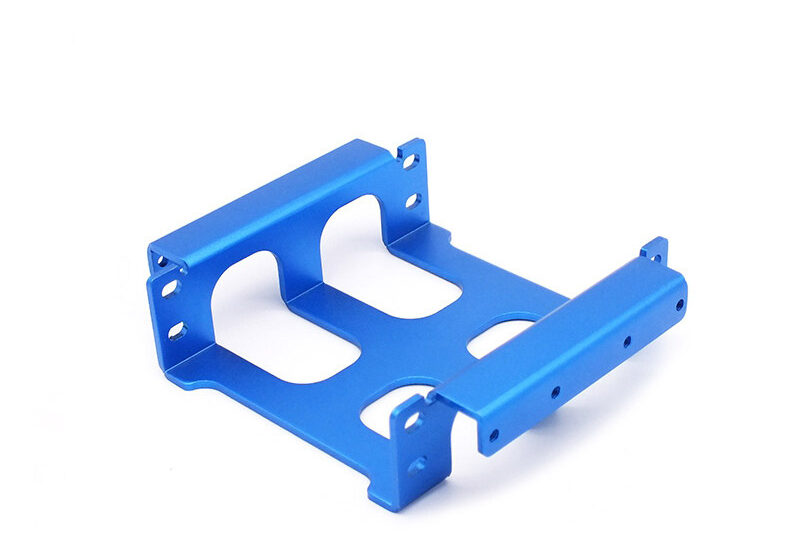
What Are the Key Properties of Aluminum?
Aluminum offers several advantages in sheet metal fabrication that make it a preferred material in many industries.
Lightweight Nature
The low density of aluminum (2.71 g/cm³) makes it easy to handle and transport. This property is especially valuable in aerospace and automotive industries, where reducing weight can lead to significant performance gains and cost savings.
Corrosion Resistance
The protective oxide layer that forms on aluminum surfaces prevents further corrosion. This makes aluminum suitable for applications exposed to harsh environments, such as marine and outdoor applications. Treatments like anodizing can further enhance corrosion resistance.
High Strength-to-Weight Ratio
With a yield strength ranging from 24-483 MPa, aluminum provides excellent strength while remaining lightweight. This makes it ideal for applications where weight is a critical factor but strength cannot be compromised, such as in aircraft structures and automotive components.
Thermal Conductivity
Aluminum’s great at conducting heat. This makes it perfect for applications where you need to get rid of heat quickly, such as electronic enclosures and heat sinks.
Recyclability
Aluminum’s ability to be recycled without losing its properties makes it an environmentally friendly option. Recycling aluminum saves energy and reduces costs, making it a sustainable choice for manufacturers.
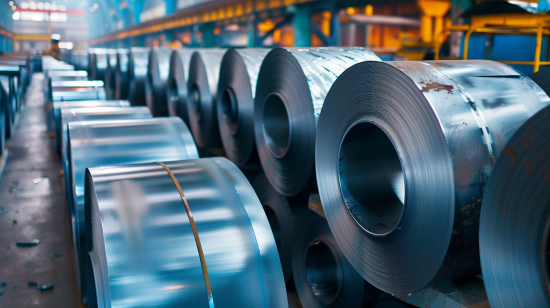
How Are Aluminum Fabrication Processes Conducted?
There are several processes used in aluminum sheet metal fabrication to create the shapes and properties you want. These processes include cutting, forming, joining, and finishing.
Cutting
- Laser Cutting: This process provides precise cuts and clean edges, making it ideal for intricate designs.
- Waterjet Cutting: This process uses high-pressure water to cut through the material without heat, which prevents distortion.
Forming
- Bending: This process uses press brakes to create U-shaped, V-shaped, and other complex bends.
- Stamping: This process is good for high-volume production and can create complex shapes quickly.
Joining
- Welding: MIG and TIG welding techniques create strong, durable joints
- Riveting: This process is good for joining dissimilar metals or in situations where welding isn’t practical.
Finishing
- Anodizing: This process improves corrosion resistance and adds color.
- Powder Coating: Provides a durable, decorative finish that resists chipping and scratching.
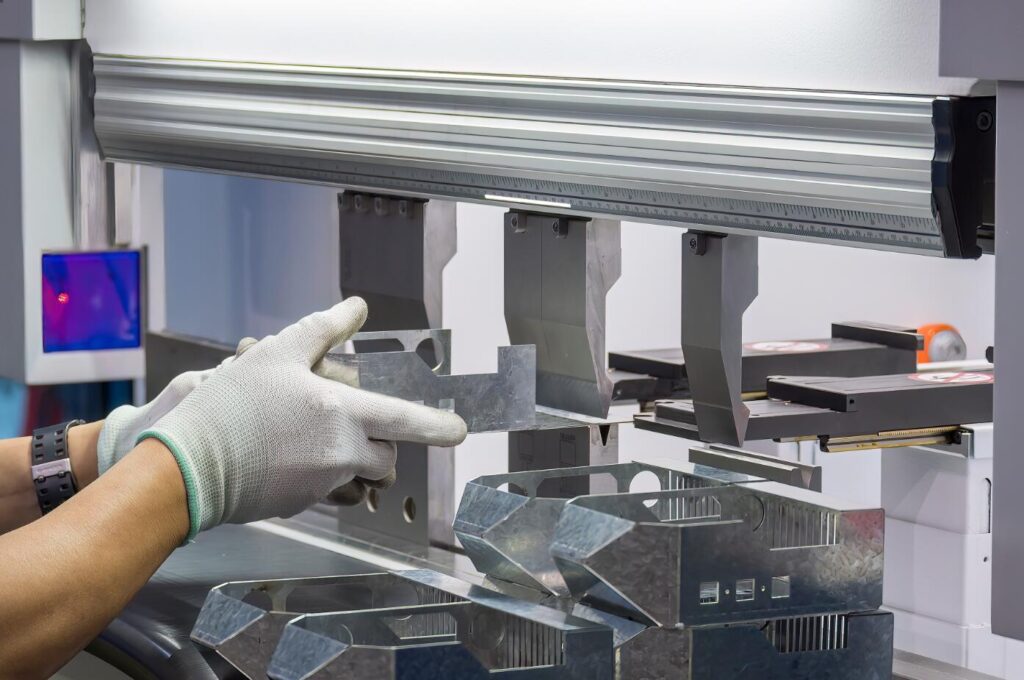
What Are the Common Aluminum Grades and Their Properties?
Different aluminum grades have different properties that make them suitable for different applications. Here are some common grades used in sheet metal fabrication:
Aluminum Grades Comparison
| Property | Aluminum 5052 | Aluminum 6061 | Aluminum 7075 |
| Primary Alloying Element | Magnesium | Magnesium, Silicon | Zinc, Magnesium, Copper |
| Tensile Strength, Yield (MPa) | 193 | 276 | 503 |
| Shear Modulus (GPa) | 117 | 96.5 | 26.9 |
| Elongation at Break (%) | 18 | 17 | 11 |
| Hardness (Brinell) | 60 | 95 | 150 |
| Density (g/cm³) | 2.68 | 2.7 | 2.81 |
| Corrosion Resistance | Excellent | Good | Good |
| Formability | Excellent | Good | Low |
| Weldability | Good | Excellent | Low |
| Heat Treatability | Low | Excellent | Excellent |
| Applications | Fuel tanks, road signs | Bikes, electrical equipment | Aircraft, marine hardware, defense |
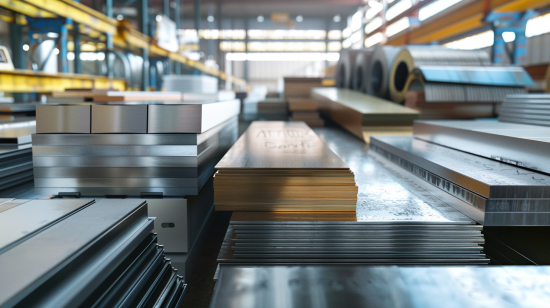
What Are the Applications in Industries Served by Aluminum Fabrication?
Aluminum is versatile and used in many industries. Here are some common applications:
Construction
- Uses: External facades, walls, roofs, staircases, railings, shelves.
- Advantages: Minimal mass, high strength-to-weight ratio, durability, and acceptance of lacquer or other finishes.
Aerospace
- Uses: Fuselage, wing components, interior framing components.
- Advantages: Low density, high strength-to-weight ratio, durability, natural corrosion resistance.
- Fabrication Techniques: CNC machining, die casting, forming, laser cutting.
Automotive
- Uses: Engine blocks, transmissions, brake components, frames, electrical parts.
- Advantages: Minimal weight, high strength-to-weight ratio, natural corrosion resistance.
- Fabrication Techniques: CNC machining, die casting, forming, laser cutting.
Marine
- Uses: Ladders, railings, ship hulls.
- Advantages: Corrosion resistance, strength, low density.
- Enhancements: Anodizing or painting to improve corrosion resistance in saltwater environments.
Electronics
- Uses: Electrical wiring, capacitors, antennas, heat sinks.
- Advantages: Great electrical and thermal conductivity, low density.
- Applications: Automotive and aerospace subsystems, consumer electronics.
Lightweight Structural Applications
- Uses: Building frameworks, lightweight bridges.
- Advantages: High strength-to-weight ratio, ease of fabrication, durability.
- Applications: Ideal for constructing durable yet lightweight structures.
Thermal Management Solutions
- Uses: Heat sinks, cooling systems.
- Advantages: Excellent thermal conductivity.
- Applications: Widely used in electronics, LED lighting, and power electronics to dissipate heat efficiently and maintain optimal operating temperatures.
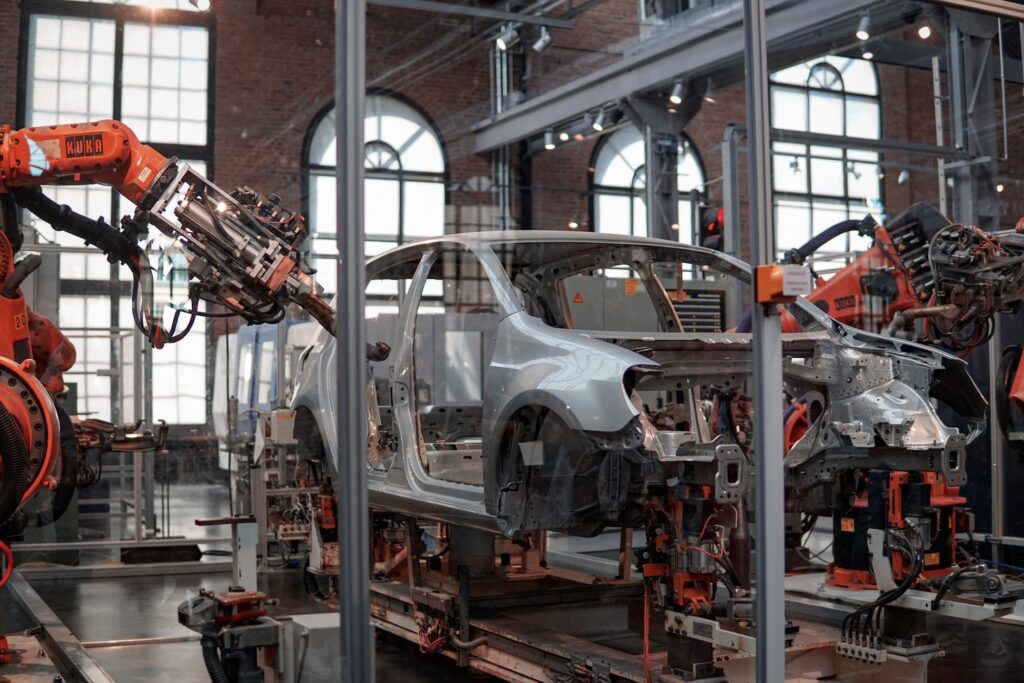
Customization and Flexibility
Aluminum fabrication provides a lot of customization and flexibility. Whether you need one prototype or a million parts, aluminum can be tailored to meet your specific design and performance requirements. This flexibility also applies to surface finishes. You can choose from brushed, polished, or textured finishes to make your parts look great.
What Are the Available Finishes for Aluminum?
Premium’s aluminum for sheet metal fabrication can be finished in several ways to make it look better and work better..
- Anodizing: Improves aesthetics and wear resistance, available as normal or hard-coat.
- Metal Plating: Increases corrosion and wear resistance or improves aesthetics. Common metals include tin, nickel, electroless nickel, gold, and silver.
- Powder Coating: Adds color and a measure of corrosion resistance, providing a robust finish.

What Are the Disadvantages of Aluminum Fabrication?
For all the benefits aluminum offers, it also has some drawbacks:
Lower Melting Point
Aluminum melts at 660 °C, which means it’s not good for high-temperature applications. Welding aluminum can be tricky because it tends to burn before it melts. The low melting temperature also means aluminum gets soft and loses mechanical strength at high temperatures.
Susceptibility to Galvanic Corrosion
Aluminum can corrode when it’s in contact with more noble metals in the presence of an electrolytic fluid. You can help prevent this by keeping aluminum near metals that are close to it on the galvanic scale.
Higher Cost Than Other Metals
The process of refining bauxite ores into pure aluminum is intense and expensive. That’s why aluminum costs more than some other metals, like steel.
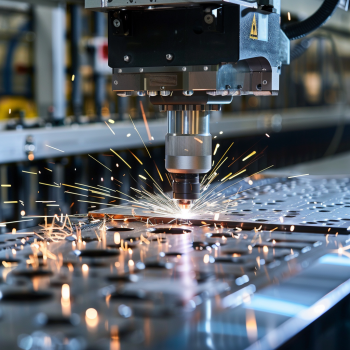
What Are Some Cost-Saving Design Tips?
Here are some tips to help you save money when you’re designing parts with sheet metal aluminum alloys:
- DFM (Design for Manufacturing): Don’t add machined features that require secondary operations, which can negate the cost-effectiveness of using sheet metal.
- Choose the Right Alloy: Some alloys are easier to bend than others. High-strength alloys can require expensive pre- and post-processing.
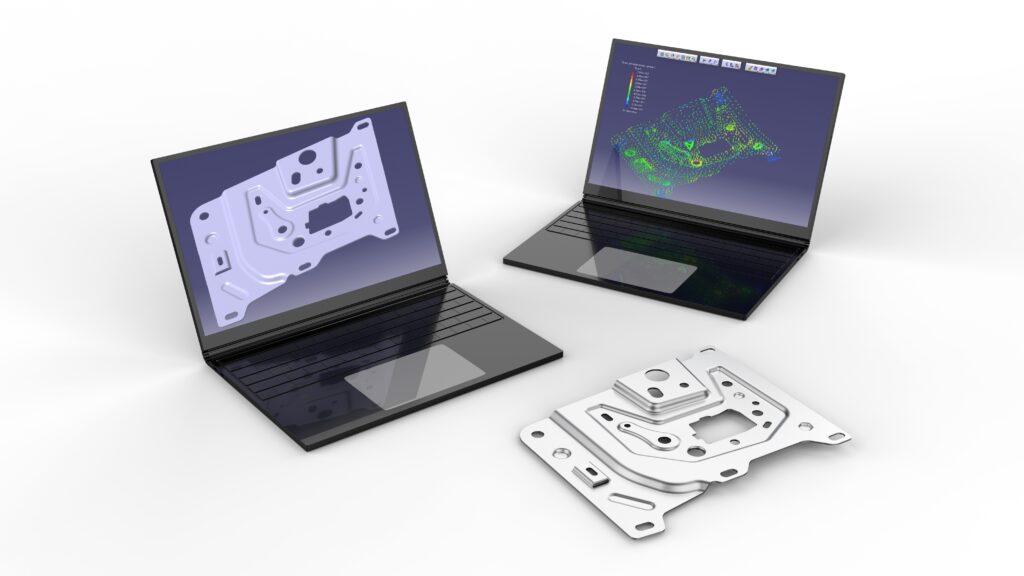
What Are the Alternatives to Aluminum Fabrication?
As great as aluminum is, it doesn’t work for everything. Here are two other materials you might consider:
Steel Fabrication
- Advantages: Better for heavy loads or high temperatures, cheaper, stronger (220-1570 MPa.
- Disadvantages: Heavier (almost three times denser than aluminum), not as resistant to corrosion.
Titanium Fabrication
- Advantages: Stronger for its weight, biocompatible, higher melting point (1649-1671 °C), good for abrasive environments.
- Disadvantages: More expensive to work with and alloy, denser than aluminum but still relatively lightweight.
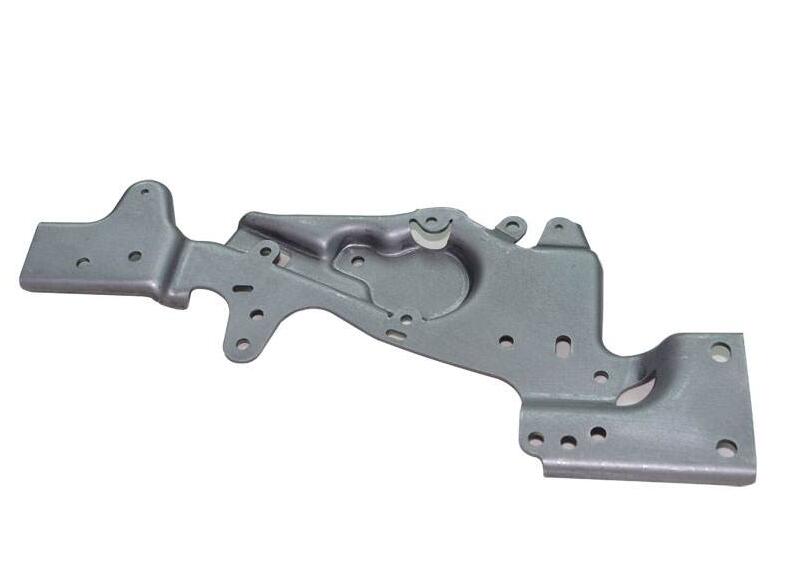
Sheet Metal Aluminum Grades FAQ
What are sheet metal aluminum grades?
Aluminum grades are metrics that differentiate specific alloy compositions, hardening processes, and heat treatability of different types of aluminum. They help in selecting the appropriate alloy for specific applications.
Which aluminum grade should I choose?
The choice of aluminum grade depends on your intended use for the sheet metal. Consider factors such as strength-to-weight ratio, formability, machining requirements, weldability, rust resistance, heat treatability, and availability to determine the most suitable grade for your needs.
What Exactly Are Aluminum Grades?
Aluminum grades are designations that differentiate the specific alloy compositions, hardening processes, and heat treatability of different types of aluminum. Since different aluminum grades have different properties, the most important question to ask when choosing an alloy is: what are you going to do with your aluminum sheet metal? Here are some things to consider:
• Strength: Do you need something with a high strength-to-weight ratio?
• Formability: Are you going to be forming or bending it?
• Machinability: Are you going to be cutting, drilling, or the like?
• Weldability: Do you need to weld it?
• Corrosion Resistance: Do you have to make sure it doesn’t corrode?
• Temper: Are you going to heat-treat it?
• Availability: If you choose a common alloy that shops are likely to have in stock, you may get shorter lead times and lower prices.

Conclusion
Aluminum sheet metal fabrication offers numerous benefits, making it a preferred choice for various industries. Its combination of lightweight, strength, and versatility ensures high performance and cost-efficiency. By understanding the properties, applications, and cost-saving tips for aluminum, you can make informed decisions that benefit your projects.

